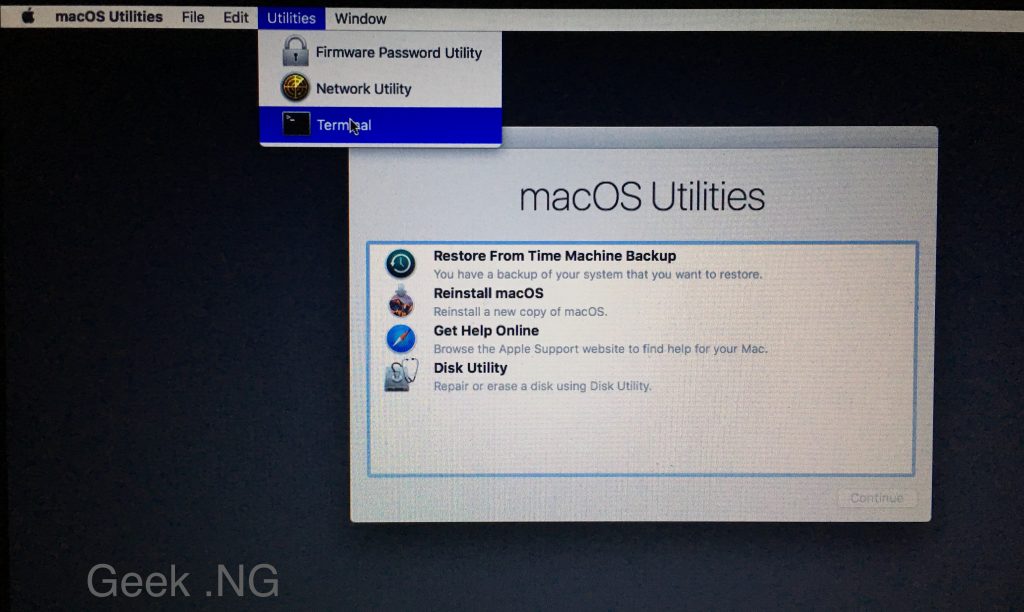

- #BOOTCAMP FOR MAC WITH CD DRIVE HOW TO#
- #BOOTCAMP FOR MAC WITH CD DRIVE ZIP FILE#
- #BOOTCAMP FOR MAC WITH CD DRIVE DRIVERS#
- #BOOTCAMP FOR MAC WITH CD DRIVE FULL#
- #BOOTCAMP FOR MAC WITH CD DRIVE WINDOWS 7#
The page was aimed at people struggling with BootCamp, but either way, it gets you to the BootCamp.pkg file, which contains the drivers. You can now proceed with Boot Camp assistant Windows installation.

#BOOTCAMP FOR MAC WITH CD DRIVE FULL#
It’s still 660MB or more, so it’s a full CD worth of burning time.
#BOOTCAMP FOR MAC WITH CD DRIVE HOW TO#

For instance MacBookPro5,2 or Macmini4,1. Search for the Model Identifier for your Mac.Paste the URL for each such English.dist file into your browser and open that url.Below each such occurrence, notice the URL for a file with the same 041-XXXXX in it and ending in English.dist, e.g.Notice in each such URL, the /041-2011/ or similar /041-XXXXX/ bit of it.Search for each occurrence - as at August 2012 there were 6 - of BootCampESD.pkg.Open the file in a text editor or word processor.is your fallback if you want or need to work it from scratch. The hard way which follows here, taken from
#BOOTCAMP FOR MAC WITH CD DRIVE WINDOWS 7#
Timothy-sutton's answer will make your life so much easier, go there firstįor Windows 7 through 10, Apple have published a table of 'which download you need for which model' at.
#BOOTCAMP FOR MAC WITH CD DRIVE DRIVERS#
I Just need to get the keyboard and mouse working properly.Yes, It is possible to download the Bootcamp drivers outside of the Bootcamp tool: And I'm certain that Parallels configures the partition in some way to make it bootable (installing Parallels Tools is not necessary if all you want is to be able to boot into the partition). There has to be some sort of "switch" files somewhere-maybe inside the Boot Camp Assistant.app package or the Windows XP install disk-that could fix this problem. So I'm convinced that my problem has something to do with how VMware and Parallels handle drivers and boot initialization. So then I installed the Boot Camp drivers, but they didn't work-the keyboard and mouse still wouldn't work when I booted into Boot Camp natively. After that I tried to natively boot again, and it worked! But the keyboard and mouse were unresponsive, so I couldn't do anything. It logged in fine, but the keyboard and mouse were unresponsive, so Parallels Tools installed automatically. I created an image and restored it and everything, but I got the same results: I still couldn't natively boot into the partition.Īfter that, I used Parallels 4 to boot the partition. I couldn't read what it said because my computer automatically restarted afterwards.
#BOOTCAMP FOR MAC WITH CD DRIVE ZIP FILE#
after the installation via VMware Fusion was complete, I restarted and tried to natively boot into the Boot Camp partition (I use rEFIt) all I got was a blank black screen followed by a blue screen for a brief moment. Run the AppleODDInstaller64.exe executable file to install the appropriate drivers for Apple SuperDrive in Windows These steps are intended to be from taken from Windows, however you could download the Boot Camp Support Software on a Mac and then transfer the zip file to Windows through USB, networking, or your method of choice if need be, or you could just extract the \Bootcamp\Drivers. And if your Mac gives you slack about permissions when you try to add bootcamp.vmdk or whenever, just logout and re-login again as "Root". ColinEC's steps on the mark: his results can be duplicated for a Windows XP as well.


 0 kommentar(er)
0 kommentar(er)
